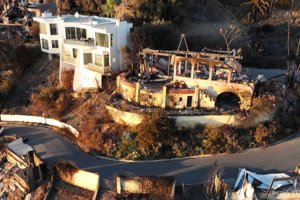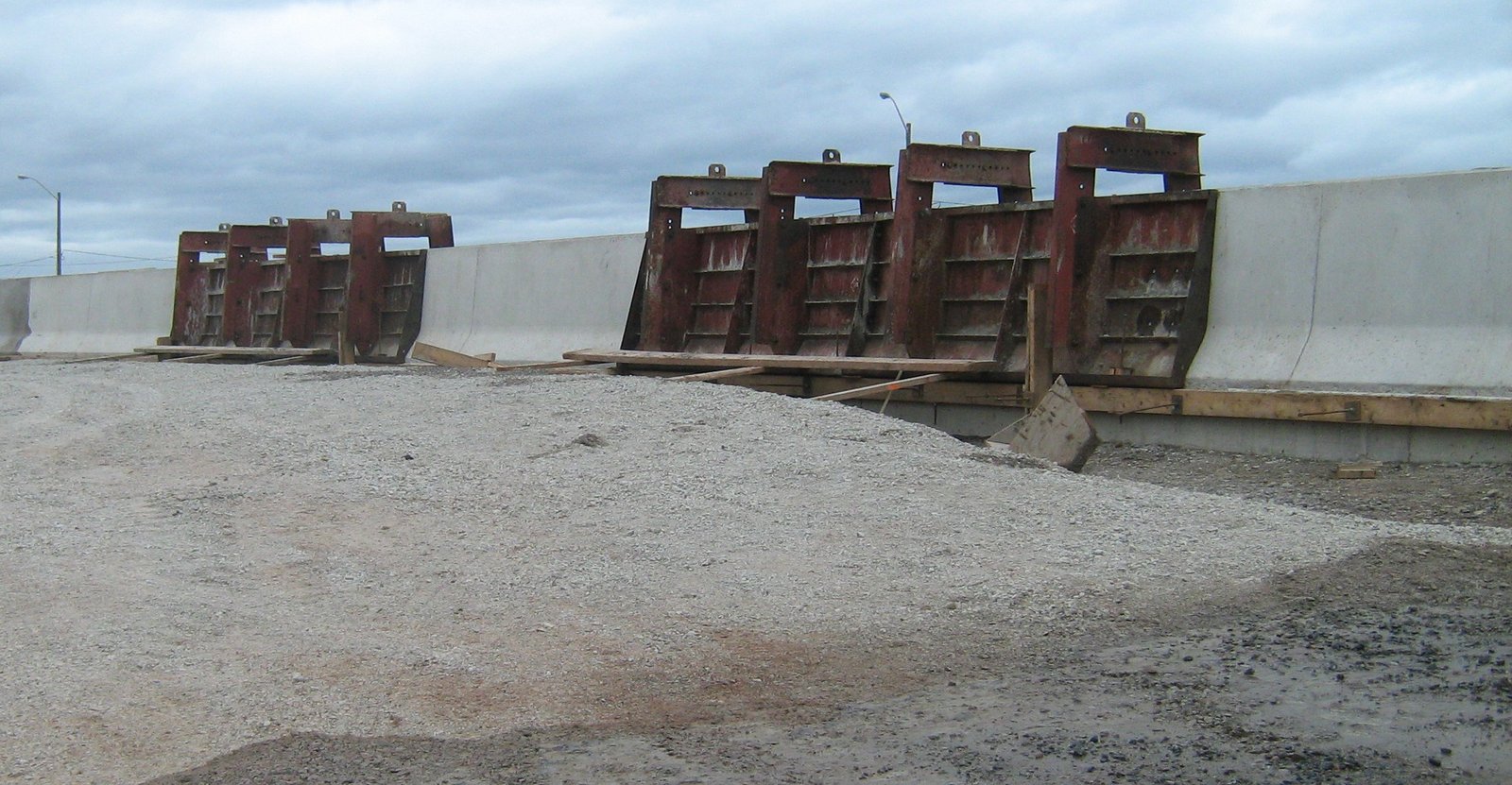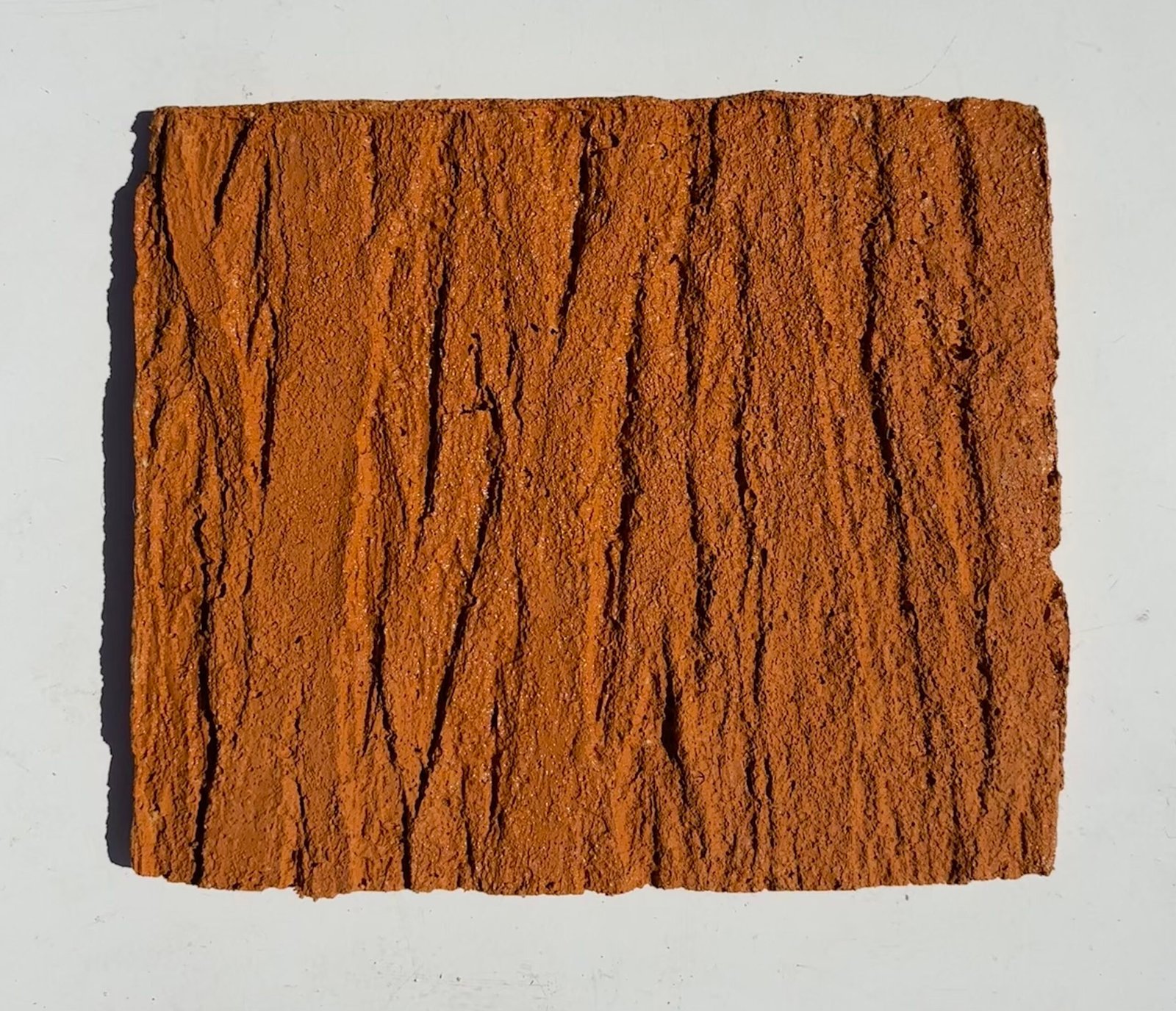Impactful Resilience & Preparedness

Award Winning Climate Tech
Prevents losses from extreme climate events. A green, non-toxic innovation that is stronger, lighter weight ,and fast curing! Be Prepared!

Presented by: Business Honor Magazine
2025 Climate Tech Innovation Award
Recognition for pioneering work in creating fire-resistant building materials that contribute to climate resilient construction
Read our Feature Profile: “NanoArchitech: Building a Resilient, Sustainable Future”
See the Official Award Listing: Climate Tech Innovation Awards 2025
View the Press Release: Official Press Release Link
Resilience for Healthy Buildings and Environmental Sustainability
Ceramtek products benefit humanity and the environment with a high-impact, multifunctional solution, enhancing a healthier quality of life through CO₂ reduction.
Advanced materials are now required to mitigate the risks of death and disease from natural disasters, toxic mold, and structural failures. These advancements fortify public safety and secure the built world. We support the transition from toxic cement plants to clean blending facilities, aligning with UN Global Goals.
The Future of Construction: 3D Printing & Precast Applications
Our technology eliminates design limitations for 3D printed homes and large-scale buildings by integrating plumbing and electricity into the construction model.
As the world embraces cost-effective 3D housing, Ceramtek is the sustainable choice, offering benefits like being anti-microbial, hypoallergenic, and delivering a high level of impact resilience.
The work of revolutionary architect Zaha Hadid heralds a new era of architecture where design and advanced materials work in harmony. The artistic curvature in her buildings is also highly functional—it augments durability against extreme events, buffering wind and water loads for greater resiliency.
A Safer Way to Build in the Face of Fire and Floods

Ultimate Fire Protection
Our materials are non-combustible and non-toxic, providing critical protection that prevents the spread of fire and keeps indoor air safe during a crisis.

Flood & Mold Resistant
Impermeable to water, our panels and coatings prevent moisture damage and the growth of toxic mold, crucial for rebuilding after floods.

Sustainable & Healthy
Rebuild with a low-carbon, green alternative to cement that is safe for your family and the planet.
Built to Withstand Severe Climate Events

Rebuilding fireproof homes
Be the one that survives it! Fires are a major climate-related reoccuring disaster. We are here to help rebuild with Climate Preparedness against fire, floods and other expected extremes.

Bridge walls
These bridge walls were so amazingly efficient to build due to a one hour cure time in Ontario Canada in subzero temperatures.

Hurricane Resilient Caribbean homes
Proven Resilient. The nanoceramic SIPS panels used in 75 homes have survived without any significant damage through 2 category 5 hurricanes!

afforable housing
Proven. Resilient affordable housing can be energy efficient and withstand severe climate events by using SIPS insulated panels as demonstrated in this hotel project completed in North Carolina.

Fireproof redwood
This redwood panel sample was created for a developer in the Adirondacks in New York for a modern and fireproof cabin development
Al Gore speaks on Ted Talks
Our Services
Climate Tech bulk materials, customized panels and unique architectural design to your specifications
Awards & Recognition
2025 – Featured Innovator, Solar Impulse Foundation
2025 – Member & Partner, Blue Planet Alliance
2024 – Top 100 Innovator, Create the Future Design Contest
2022-23 – Innovation Fellow, Department of Energy IMPEL Accelerator (Lawrence Berkeley National Laboratory)
2021 – Top 10 Advanced Materials Solution Provider, Manufacturing Technology Insights
2020 – Most Innovative Architectural Technology Group, BUILD Magazine Construction and Engineering Awards
2020 – Honoree, Who’s Who in California Engineering Professionals (Jan Thoren)
2019 – Best New Product (Building Envelope), Architectural Record
2019 – Startup Booster Finalist, JEC Composites Chicago
2018 – Startup Village Exhibitor & Finalist, JEC & Pollutec France
2017 – Showcase Exhibitor, Defense Innovation Showcase Hawaii
2016 – Showcase Winner & Exhibitor, Defense Innovation Conference Houston
2015 – Finalist, Oakland Indie Awards
2014 – Finalist & Exhibitor, Berkeley Innovate Showcase
2013 – Semi-finalist, Cleantech Open

Building for a Resilient Tomorrow.
Nanoarchitech provides advanced architectural solutions that empower builders worldwide. We help visionary developers, contractors, and homeowners create safer, more sustainable structures that stand the test of time.
“The best way to reduce carbon is to not produce it in the first place!”
-JLT
Get in Touch
How may we serve you to meet your carbon reduction goals and build healthy buildings together?
